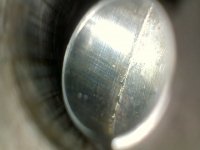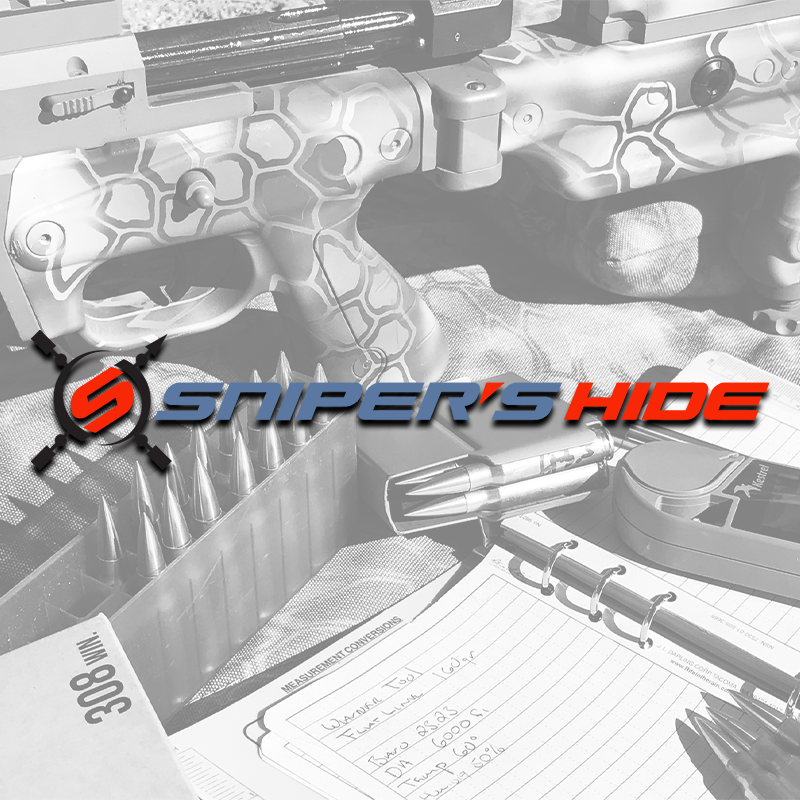I had some brass that needed to be cleaned up after being in annealed (sp?).
I ran it through my Reading FL die, as truthfully we’re not doing a full resizing and I really didn’t think it mattered (as opposed to just using my neck sizer), and I started seeing this:

Does anybody have any idea why this is happening?
Funny you know I switched it out with an RCBS die just for giggles, and eventually started doing it as well.
I have to take the guys out and inspect them but… Has anyone ever seen this before?
GB
PS Different note I installed a modified area 419 orifice to my now rather old RCBS charge masters and what a difference.

I ran it through my Reading FL die, as truthfully we’re not doing a full resizing and I really didn’t think it mattered (as opposed to just using my neck sizer), and I started seeing this:
Does anybody have any idea why this is happening?
Funny you know I switched it out with an RCBS die just for giggles, and eventually started doing it as well.
I have to take the guys out and inspect them but… Has anyone ever seen this before?
GB
PS Different note I installed a modified area 419 orifice to my now rather old RCBS charge masters and what a difference.




